Watch any accomplished people photographer at work and you’ll see deliberate intention. Not so much with their camera, but with their subject. Bruce Gilden takes just moments to photograph New Yorkers in the streets. Nick Knight spends hours with models in his studio or on location. The relationships they have with the people they photograph is calculated and purposeful.

© Kevin Landwer-Johan
Photographers with less experience approach making a portrait differently. They’ll look at the camera in their hands, make technical decisions, alter and check settings, change lenses, perhaps add filters. All with the intention of making a better photograph.
Meanwhile, the portrait subject is probably feeling a bit lost or ignored. They may become disinterested, or even bored.
Engaging with the person you want to photograph will help you get better photos far more than fiddling with your camera at the last minute.

© Kevin Landwer-Johan
Connect and Relate
Pay attention to your subject. You won’t see an experienced professional focusing on the camera when they are with their subject. They will have already taken care of the exposure and focus options, made conversation, and paid their compliments. The smiles and laughter will come naturally, or a more somber mood established if needed.
Relating to your subject, giving them your attention and engaging them will help them relax. When the subject enjoys the process and feels good about it you’ll get much better portraits.

© Kevin Landwer-Johan
For this photo made during a street parade, I wanted to eliminate the background. This was a challenge as there were people and activity everywhere. I had to move her until there was nothing distracting behind her. As I did, I chatted with her and mimicked how I wanted her to hold her hands. She was fascinated that I was being so precise and enjoying the interaction.
Even if you have only a short time to make a portrait, learning to connect is the best thing you can do to improve your craft. For me, it was extremely difficult as I’m a naturally shy person.

© Kevin Landwer-Johan
Purposefully Build Your Confidence
My career started in the photography department of a daily newspaper. I quickly realized that to be successful I needed to overcome my insecurities. Most photos in newspapers include at least one person in the composition, so if I didn’t overcome these securities, I wouldn’t have a job for long.
You probably won’t have the same pressure to perform and come up with publishable pictures. But if you aren’t accustomed to connecting with people, you’ll need to change if you want to make engaging portraits.
Shy photographers often think, ‘I don’t want to impose on people, or cause them any bother.’ This is the first aspect of portraiture you need to work on.

© Kevin Landwer-Johan
Instead of thinking you’ll be a nuisance, think that you might just make someone’s day by photographing them. People often like attention. If you approach them with a smile and a friendly manner, you’ll be surprised at the responses.
Revisit the Same Locations
Building relationships with people over time will allow you to photograph them more easily. We run photography workshops in Chiang Mai, Thailand. The people at the markets and villages are now quite familiar with us. We know many people who enjoy being photographed. We’ve been purposely building relationships.
You may have a local farmers market or your kid’s football club you can go to regularly with your camera. Return to the same locations and photograph the same circumstances. Doing so will help build relationships – and your confidence.

© Kevin Landwer-Johan
I’d never photographed this man before. But he’d seen me around taking photos and was keen to have his picture taken. This makes life easy for a photographer. Him being so open and willing meant I could easily engage with him and get a very natural environmental portrait, even though he was posing. I showed some interest in him. I asked about the produce he was selling and he responded warmly.
Take Control of Your Camera
Know your camera. Plan ahead and set your gear before you’re with your subject. Choose the right lens. Guess what the light will be like and whether you want a soft or sharply focused background. If you’re unsure about using manual controls, choose aperture priority so you can get the depth of field you want.
When you know your camera well and are in control of it, you’ll be free to engage your subject. Talking with your subject before taking their photo will be far more beneficial than messing around with your camera settings.

© Kevin Landwer-Johan
I’d seen this porter at the market a number of times, and sensed he was a little shy. But I wanted to photograph him. He has an interesting face and traditional tattoos on his forearms.
When I saw him resting on his push cart I set my exposure manually and made a test frame from across the street without him being aware. I guessed my focus distance and then approached him. I anticipated him being shy, and that some of the vendors might start teasing him and encouraging him to smile.
He agreed to me photographing him. But as he did, he put his hands by his side. I asked him to put them back where he had them, explaining that I wanted to photograph his tattoos as well.
In this short moment, two or three people did start to tease him. He got embarrassed and pushed his handcart off down the street. This frame is the only clear one I got.
If I’d been ill-prepared with my camera and not engaged him, I doubt the picture would be as interesting.
The next time I saw him I gave him a print of his portrait. He always says “Hi” to me now and gives me a big smile when we visit the markets.

© Kevin Landwer-Johan
Learn From the Masters
When I was learning there were no YouTube or other internet resources to help me. These days there are dozens of documentaries and programs showing photographers at work. Find some you admire and wish to emulate, and learn how they do it.
This documentary about some of New York’s well-known street photographers will give you a good insight into how different people achieve their results.
One of my favorite Instagram feeds is that of Lee Jefferies’ portraits. In this video, he tells a little of his story, and how he creates his incredibly intimate portraits of homeless people.
Many of the best portrait photographers are naturally more reserved. This comes through in their photography. Their portraits speak more about the subject than the photographer.
Engage Intentionally
Next time you make a portrait, converse and connect with your subject more than with your camera.
And if you’ve had a fun conversation with someone while making a portrait, share your story with us in the comments.
The post The One Skill That Will Help You Become a Better Portrait Photographer appeared first on Digital Photography School.


































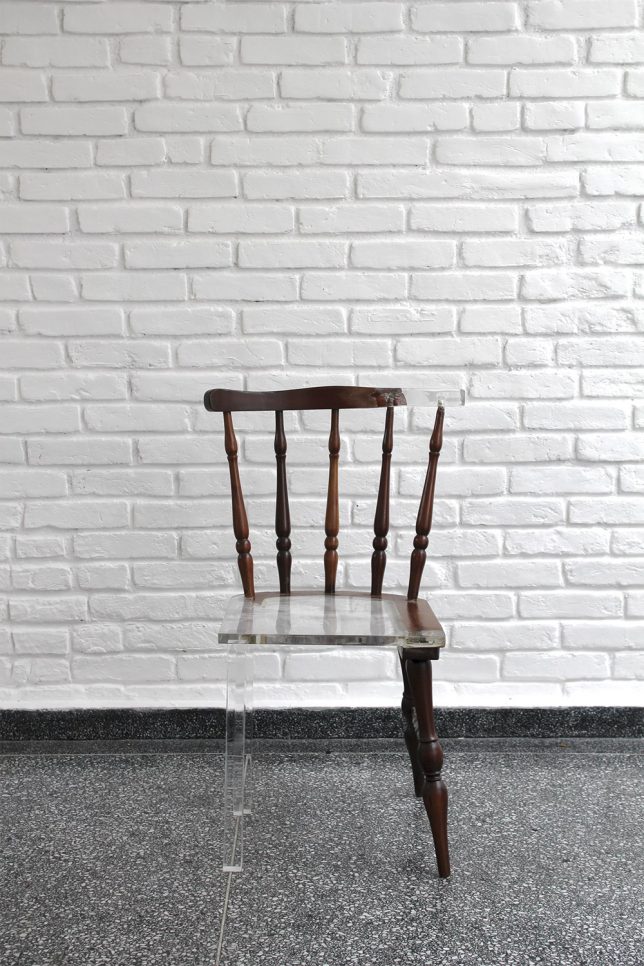
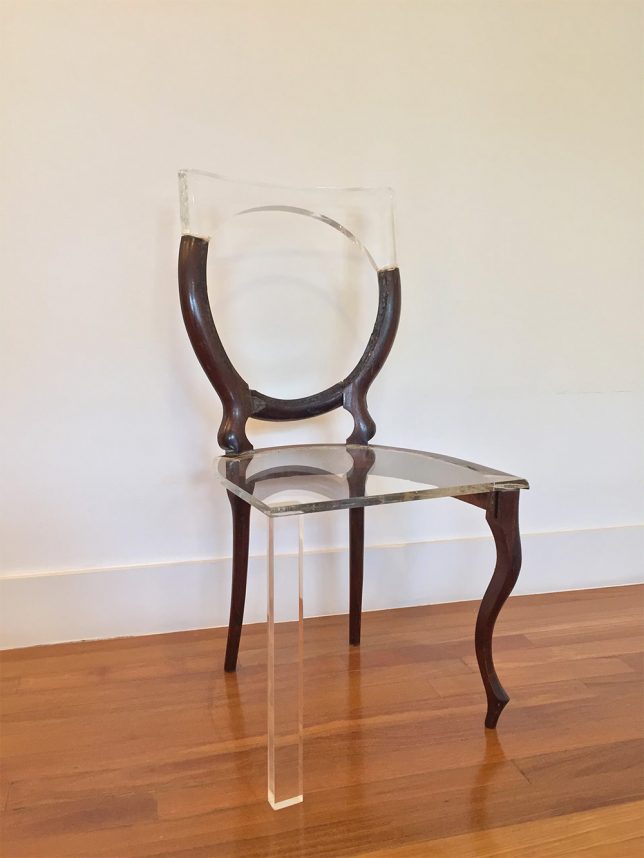

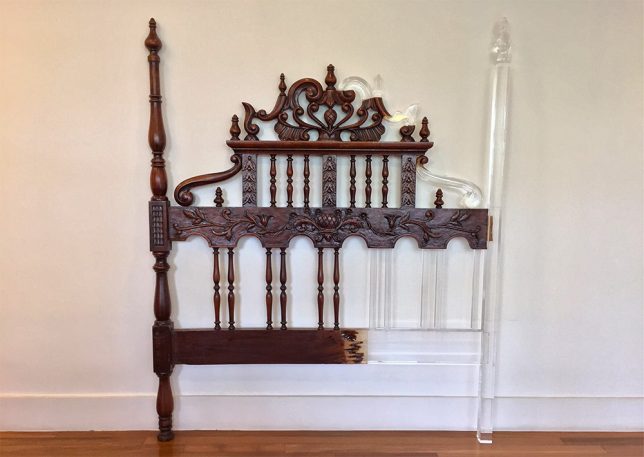



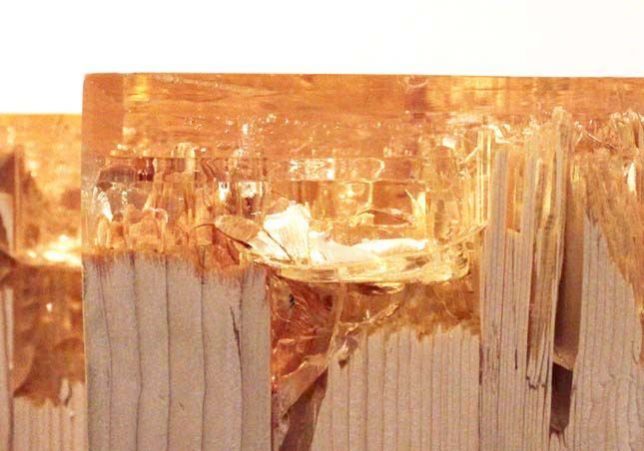
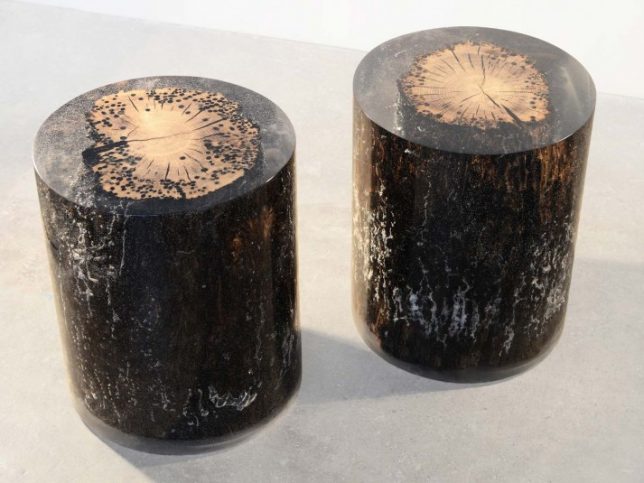
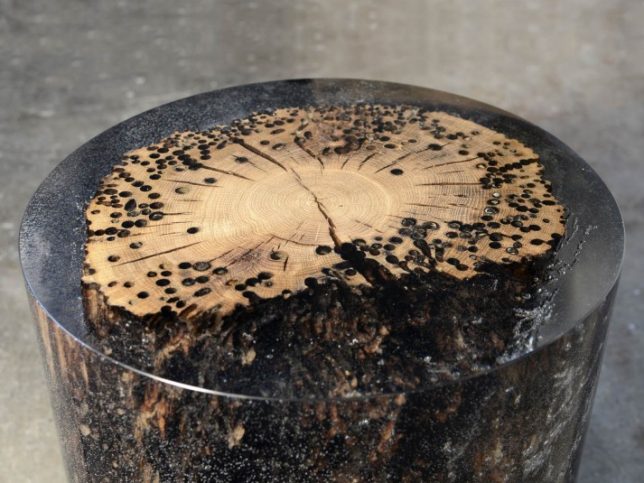
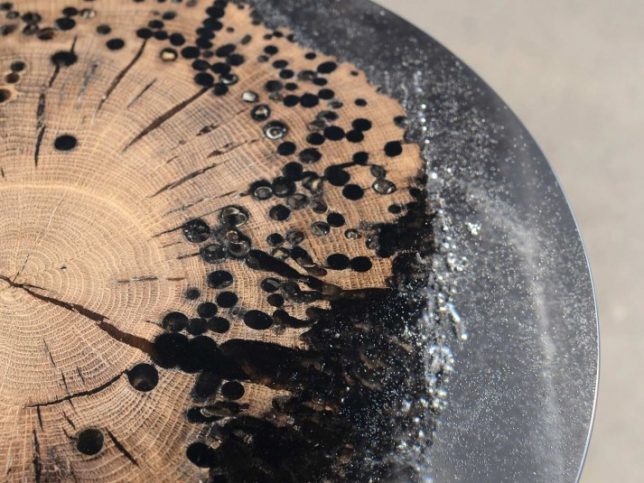
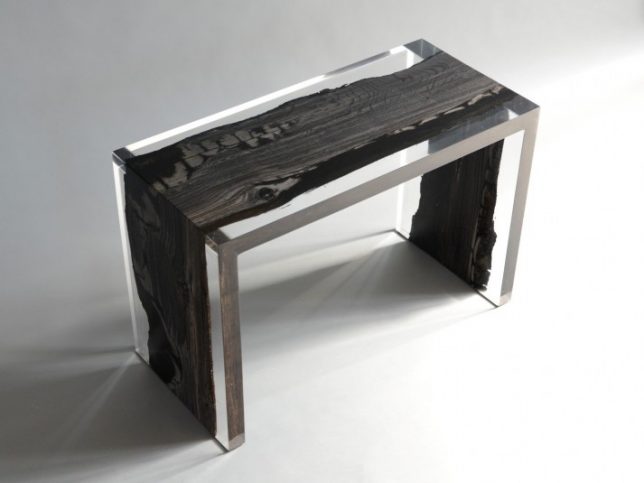

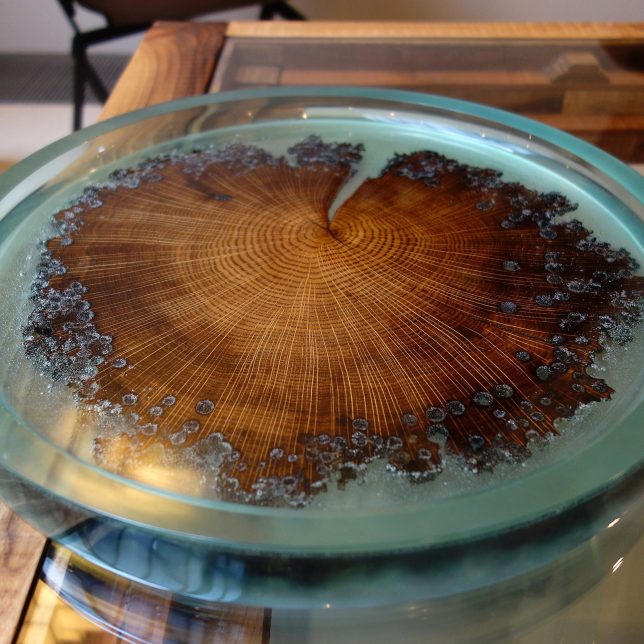

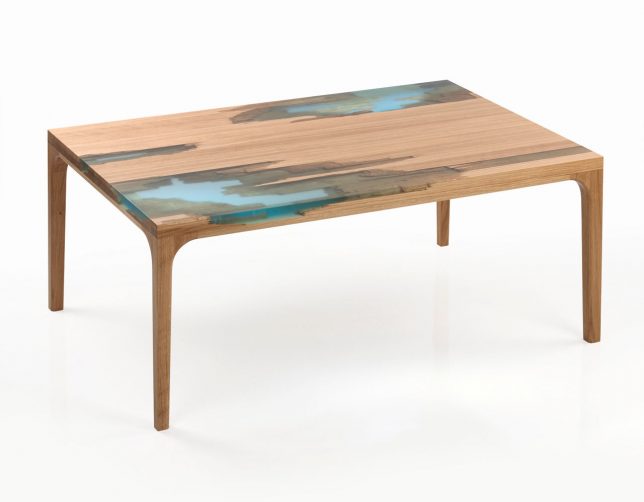
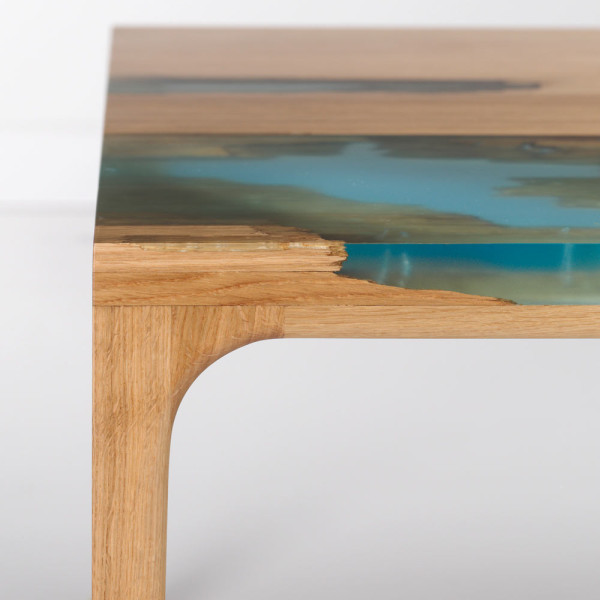
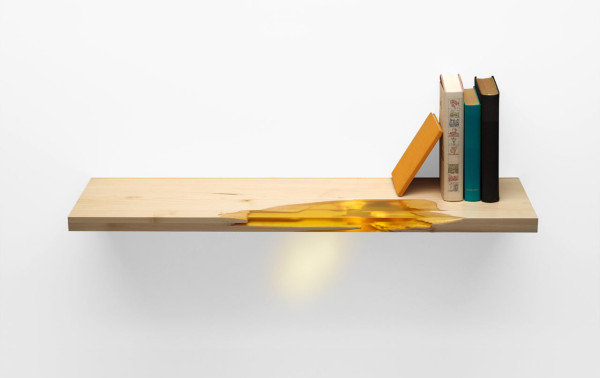
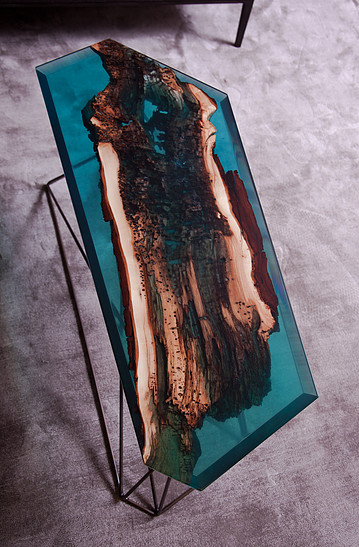
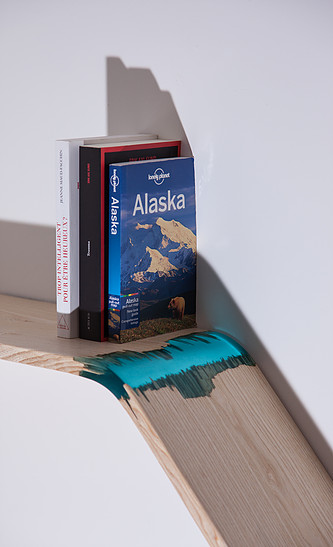





 This tutorial will look at some of the most important things to keep in mind if you are looking to become a nature photographer.
This tutorial will look at some of the most important things to keep in mind if you are looking to become a nature photographer.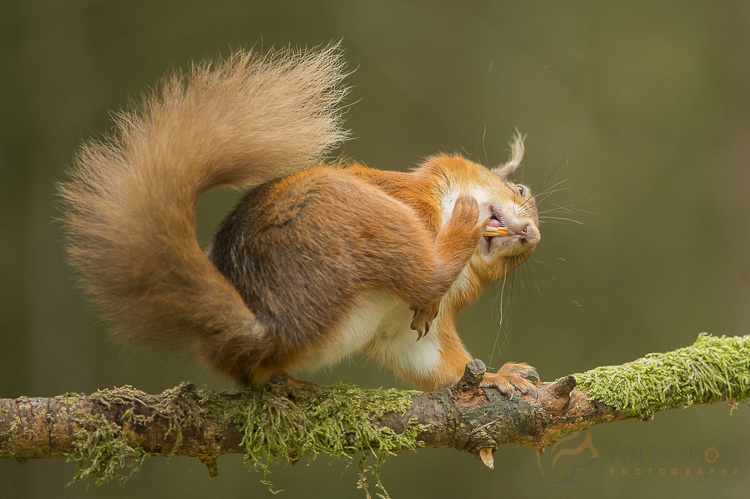

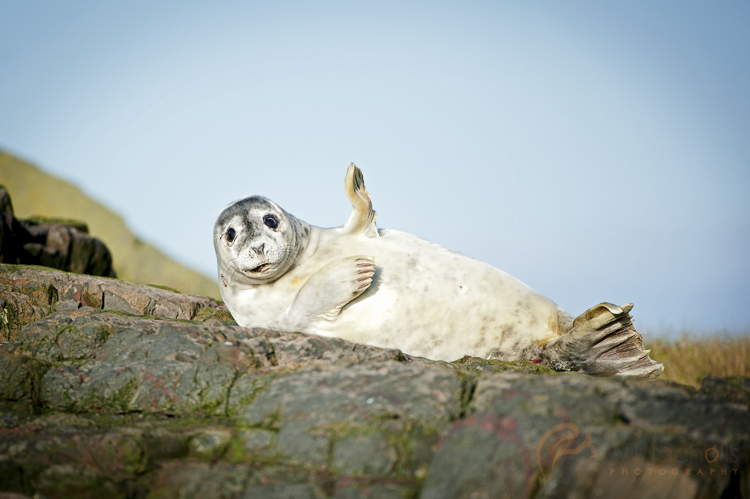
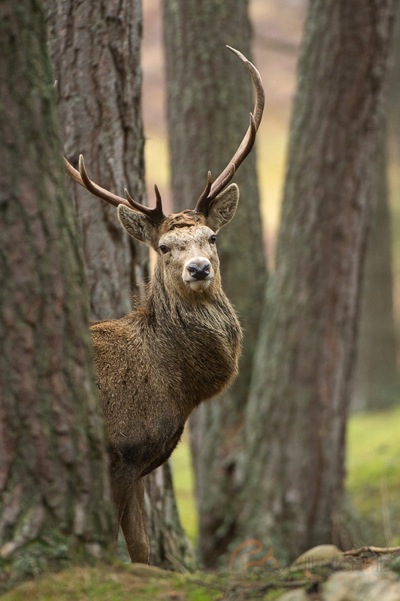
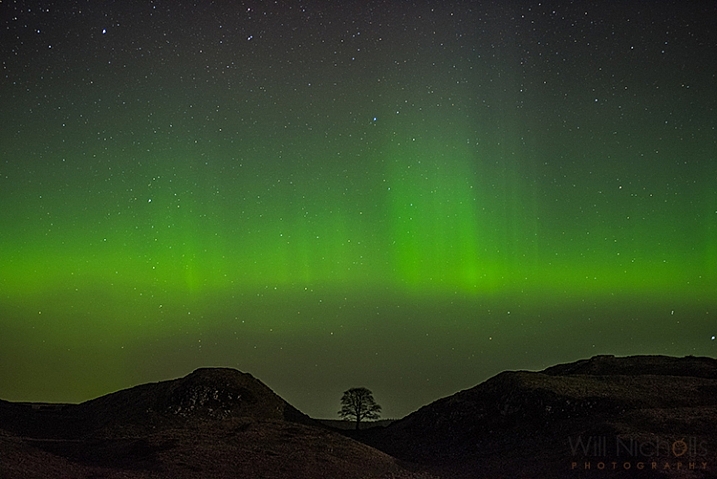
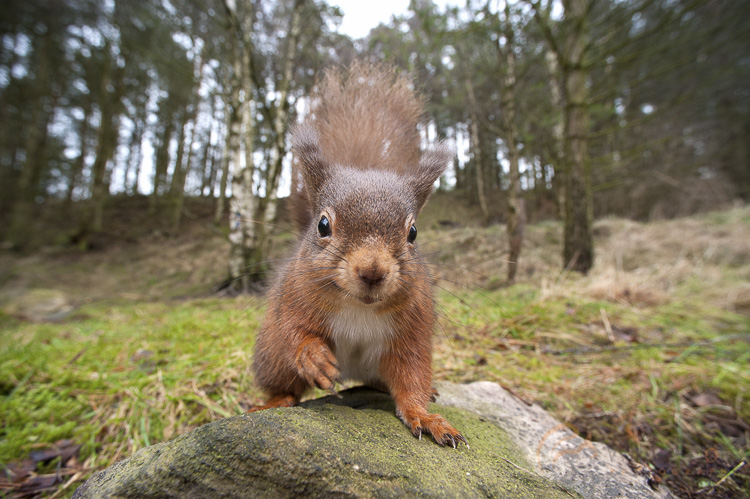
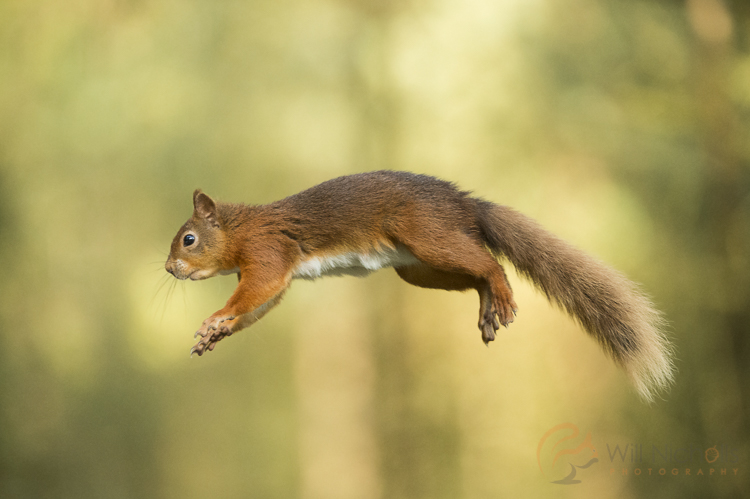







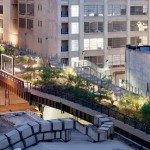

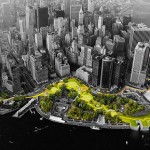





You must be logged in to post a comment.